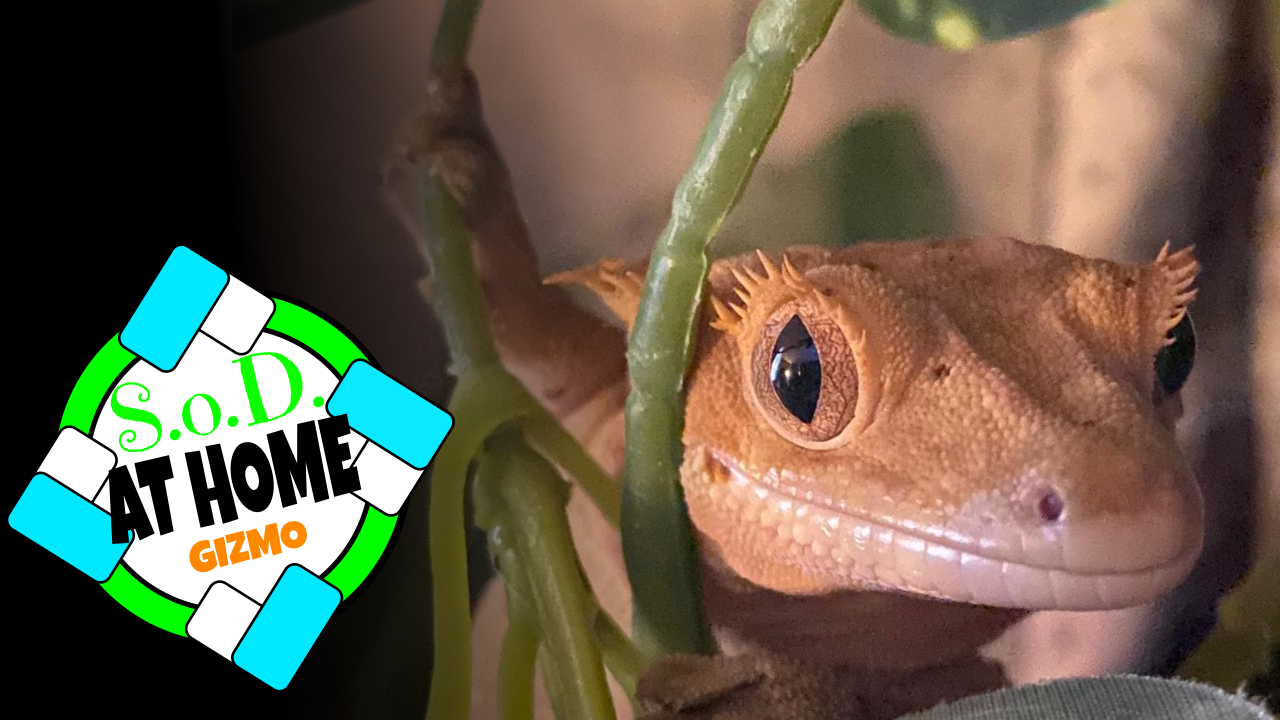
Finally share the link to yourself however you see fit. The permissions will need to be set to Read & Write and I'd recommend unchecking all of the boxes. You need to set the sharing options for the folder. Select the folder and then click 'Select Folder' Going through the GUI the path will usually be:Ĭ:\Users\\Documents\My Games\ and the Terraria folder will be in that directory. This will be under %USERPROFILE%\Documents\My Games\Terraria. So let's add a section for that, shall we?īear in mind for this, you won't need the command prompt, but you may need admin rights to actually get it installed in the first place.įirst, open BitTorrent Sync and click the' Add Folder' button. I've seen this mentioned on the community discussion boards a number of times. You can view the value of this variable by typing this in the command prompt: (You just need to remember a backslash sometimes.) Using the variable instead of a hardcoded path ensures you have the right path and sort of mitigates any typos you might make. It's because if you've customised the computer internally (moving home directories and junk around the place) you might not find things where you expect them to be. (Music, Pictures, Videos, etc.)įor the nerds out there asking why I'm even bothering to ramble on about environment variables. (don't worry about what that means) In laymans terms, it's where all your personal files are stored. %USERPROFILE% basically contains the absolute path to your user profile on the computer. We'll be using %USERPROFILE% in this guide. Environment variables are always enclosed in percentage (%) signs, here's a few I use from time to time, some of these will be obvious, others not so much: These are just basically short names for other values. The command prompt has several variables which you can use when using it. I'm not writing a tutorial on the command prompt here, this is basically a tl dr with a short explanation added. (I also use the SET command later on in the guide, but you don't need to worry about it.)

You'll need to know the following commands: Seriously, how many ways do I need to list here.įor the sake of illustration, here's what the command prompt looks like after you open it.įor anyone wanting to use Powershell, it's the same thing, just with PS prepended to the prompt.Right click the start button and choose either 'Command Prompt' or 'Command Prompt (Admin)' (Windows 8 and 8.1).Type cmd on the start screen (Windows 8 and 8.1).FInd it under Start -> All Programs -> Accessories (on Vista and 7).

#FLIXTOOLS ON TERRARIUM SYNC WINDOWS#


 0 kommentar(er)
0 kommentar(er)
